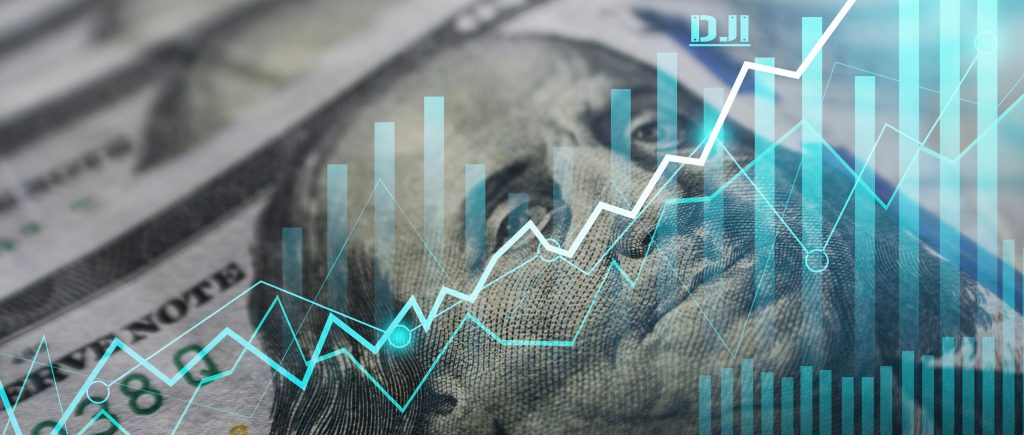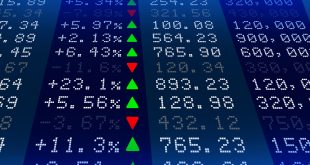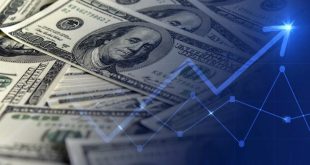The US economy is demonstrating resilience despite concerns over President Donald Trump’s tariff policies, with high-yield bonds and recent job data providing optimistic signals. On July 11, 2025, high-yield bond spreads remain narrow, indicating low investor concern about corporate defaults. Concurrently, the US added 147,000 jobs in June 2025, exceeding expectations, with the unemployment rate dropping to 4.1%, near historic lows, according to the Bureau of Labor Statistics.
High-Yield Bonds Reflect Confidence
High-yield bonds, issued by companies with below-investment-grade credit ratings, are signaling strong investor confidence in the corporate sector. Narrow spreads over Treasury benchmarks suggest that investors perceive minimal risk, even as Trump’s proposed 35% tariffs on Canadian imports, effective August 1, and potential levies on other trading partners raise fears of economic disruption. The bullish sentiment in high-yield bonds mirrors optimism in large-cap stocks, indicating a robust economic outlook despite tariff-related uncertainties. This stability contrasts with historical periods of wider spreads, such as 2021, when markets anticipated stronger post-pandemic recovery.
Job Market Strength Defies Tariff Fears
The June jobs report underscores economic resilience, with 147,000 jobs added, up from 139,000 in May. The unemployment rate’s decline to 4.1% reflects a labor market near full employment, defying concerns that tariffs could dampen growth. However, federal government employment fell by 7,000 jobs in June, part of a 69,000 job loss since January, driven by the Trump administration’s Department of Government Efficiency (DOGE) initiative to cut federal spending. Manufacturing, a sector targeted by Trump’s trade policies, showed little change, suggesting limited immediate impact from tariffs.
Federal Reserve’s Cautious Stance
The Federal Reserve has maintained its benchmark interest rate, adopting a wait-and-see approach as it assesses the impact of tariffs on inflation and growth. Federal Reserve Chair Jerome Powell has expressed concerns about stagflation—a scenario of rising inflation and slowing growth—potentially triggered by tariffs. Inflation edged up slightly in May but remains near its lowest since 2021. Powell indicated openness to a rate cut as early as July 2025, stating that decisions would depend on evolving economic data. The Fed’s policy-making board anticipates rate reductions in 2025, with meetings scheduled through year-end, including July 29–30.
Risks of Stagflation and Recession
Despite positive indicators, risks persist. Forecasts suggest GDP growth may slow to 1.2% in 2025, down from 3.1% in Q3 2024, with inflation projected at 3%, higher than earlier estimates of 2.4%. Unemployment could rise to 4.4% in 2025 and 5% by 2026. A 25% chance of recession by mid-2025 looms, driven by tariff-induced disruptions in trade and supply chains, potentially leading to higher prices and reduced economic activity. Retailers like Walmart and Best Buy have warned of possible price increases due to tariffs, which could exacerbate inflationary pressures.
Implications
The resilience of high-yield bonds and the labor market suggests the US economy can withstand near-term tariff impacts, but stagflation remains a concern. Policymakers should balance trade negotiations to minimize disruptions while maintaining economic stability. The Fed should continue monitoring inflation and employment data closely, prioritizing flexible monetary policy to address potential stagflation. Transparent communication during trade talks and Fed meetings will be critical to sustaining market confidence and guiding economic policy through tariff-related uncertainties.

 Noor Trends News, Technical Analysis, Educational Tools and Recommendations
Noor Trends News, Technical Analysis, Educational Tools and Recommendations




